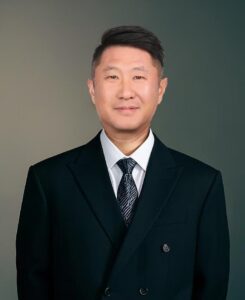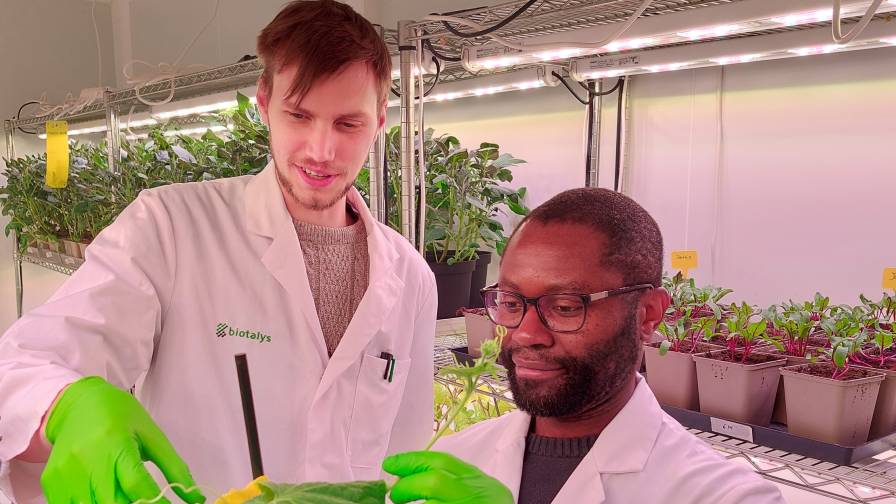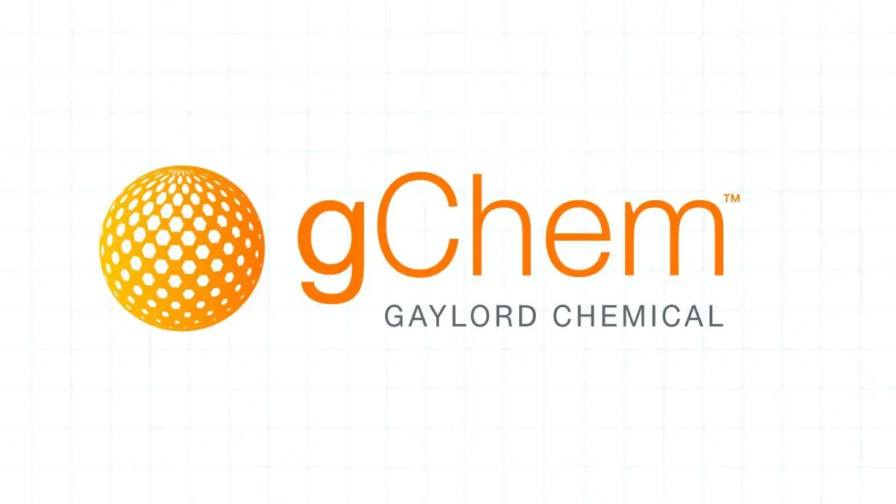Chengdu Newsun Crop Science Eyes Global Growth As Biostimulant Demand Accelerates
O bioestimulante market is experiencing rapid growth as farmers seek more sustainable and efficient ways to enhance crop productivity and resilience, but that doesn’t mean its oversaturated, according to Yadong Li, Vice President of Global Strategy and Marketing at Ciência de Cultivos Chengdu Newsun Co., Ltd.
Li shares his insights on the future of the biostimulant market, with a focus on the growing demand for specific sustainable, high-efficiency solutions. Li discusses trends in biostimulants and plant health regulation products and the regions needing these products with specific modes of action.

Yadong Li
ABG: What trends do you see happening in biostimulants in the next decade? Do you think the market is oversaturated? What regions are still open to new products?
Yadong Li: Over the next decade, we anticipate the biostimulants sector will continue advancing toward more specialized, multi-functional, and scientifically validated solutions. There will be an increasing focus on molecular-level mechanisms, microbial-based innovations, and integrated approaches with digital farming tools to tailor products to specific crops and environmental stressors.
While some segments of the market are becoming more competitive, we do not view it as oversaturated. Demand for sustainable, high-efficiency solutions remains strong. Regions such as Latin America, Southeast Asia, and parts of Africa continue to offer significant opportunities for differentiated biostimulant products — particularly those designed to address abiotic stress and improve crop resilience under challenging climate conditions.
ABG: With regenerative agriculture being the future of ag, do you see a strong market for soil-related products?
YL: Soil health improvement is a cornerstone of regenerative agriculture, emphasizing its role as the foundation for crop productivity and ecosystem resilience. This paradigm shift is fueling strong demand for soil preservation and the restoration of biodiversity. Key drivers include microbial inoculants, organic soil conditioners, and biostimulants that target root health and support a balanced soil microbiome.
We believe that soil-related products will continue to grow not only in volume but also in complexity — requiring integrated solutions that combine biological and physical approaches to restore and sustain long-term soil vitality.
ABG: What percentage of your annual sales revenue is reinvested into research and development? What is the goal of the research?
YL: Approximately 12%-15% of our annual sales revenue is reinvested into R&D. Our research is guided by a commitment to unlocking the potential of natural bioactive compounds to develop next-generation biological solutions for agriculture. We focus specifically on identifying novel active molecules, optimizing extraction and formulation technologies, and understanding plant signaling pathways — all with the goal of creating products that are not only highly effective, but also environmentally sustainable and safe for global food systems.
ABG: What trends do you see happening in plant health regulator products?
YL: We’re seeing a clear trend toward precision plant health regulation, with products increasingly designed to modulate specific molecular pathways related to stress tolerance, growth optimization, quality enhancement, and yield improvement. Natural-origin and microbial-derived regulators are gaining momentum due to their low environmental impact and broad-spectrum benefits.
There is also growing interest in multi-mode-of-action products that integrate growth regulation, abiotic stress mitigation, and disease resistance into a single, comprehensive solution.
ABG: What do you see as the future of agriculture?
YL: We believe the future of agriculture lies in deep biological innovation. Biostimulants, biopesticides, natural plant health regulators, and soil products are no longer distinct categories; they are evolving into an integrated biological strategy for sustainable agriculture.






